The disaster in Gjerdrum on December 30 has put quick clay landslides in the spotlight. What is quick clay and why is it dangerous?
In the early hours of December 30, 2020, an area of clay 210 thousand meters squared became liquid in Gjerdrum, northeast of Norway’s capital Oslo.
The quick clay landslide took a number of residential buildings with it. At least 7 fatalities have been confirmed with 3 people still missing.
The natural disaster has once again put quick clay in the spotlight.
Many houses in Norway are built on top of clay because most of the time it is motionless. But, under certain conditions, it can quickly behave like a fluid.
Let’s look at what makes quick clay quick and reflect on past quick clay landslides in Norway.
The origin of clay
Clay is a type of particle that makes up soil and sediment.
Clay particles are plates of less than 0.002 millimeters in diameter that can clump together or stack parallel to each other.
Due to their tiny size, clay particles can suspend in the water column and travel great distances before their deposition in the ocean.
During the last glaciation about 20,000 years ago, the weight of the overlying ice pushed down the land allowing seawater to migrate inland about 200 meters higher than today.
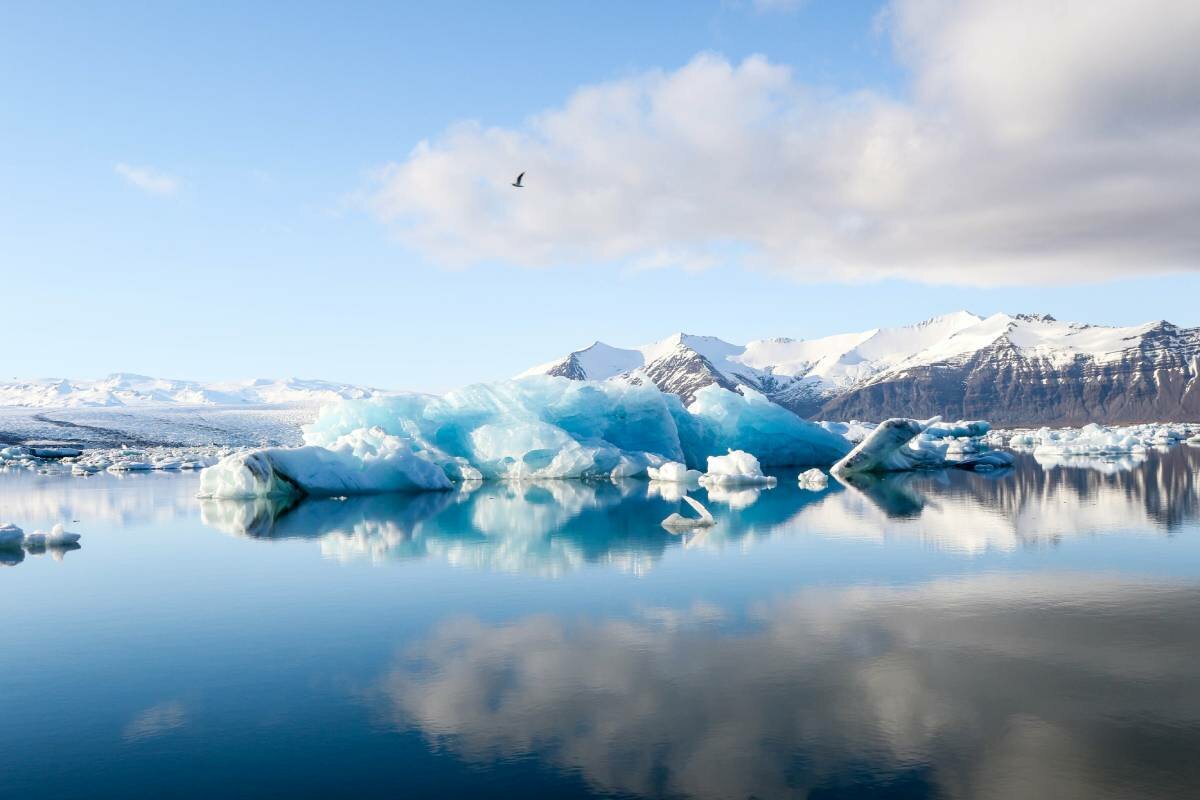
The high sea level deposited tiny clay particles on what is now dry land.
As the glaciers melted and retreated, the land began to rise and the submerged clay became exposed at the surface.
As a result, quick clay deposits are mostly located in the northern hemisphere, such as in Canada, the United States, Russia, Finland, Sweden, and Norway.
Salty and stable clay
Clay particles are negatively charged due to a surplus of electrons in their atomic structure.
Therefore, clay particles bond with positively charged atoms such as sodium, calcium, and magnesium. These are common elements in saltwater and make soils that are nutritious and fertile.
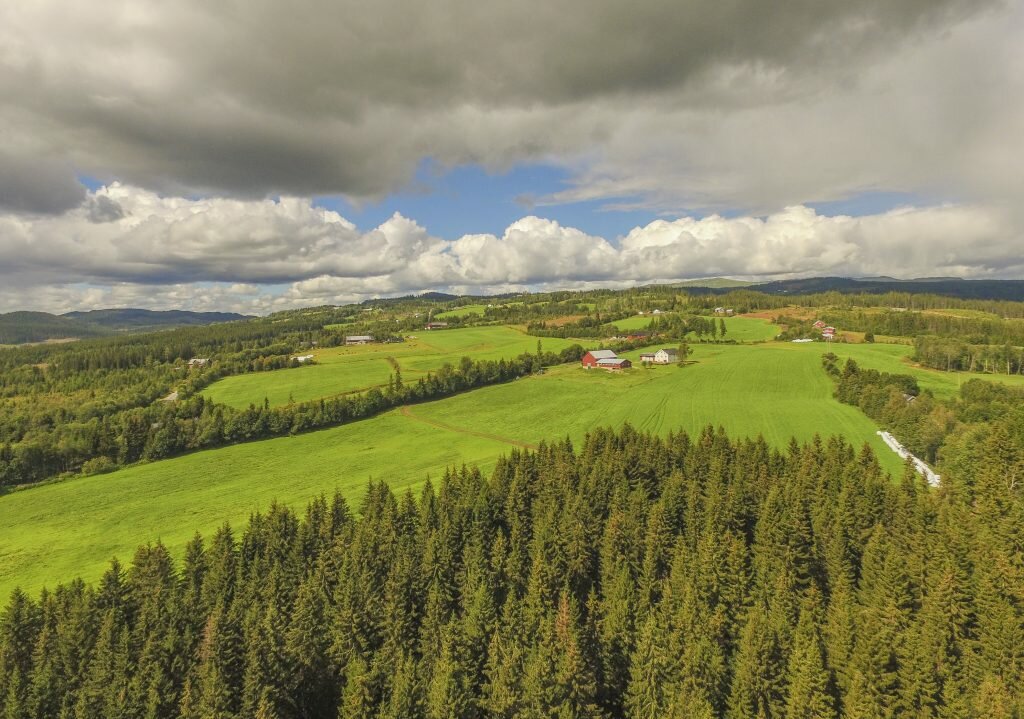
This bonding creates a negative and positive layer of electrical charge that surrounds each clay particle called an electrical double layer.
The presence of saltwater elements compresses the electrical double layer and attracts or clumps the clay particles together to create stable sediment.
How to make quick clay soup
The infiltration of freshwater removes the positively charged saltwater atoms causing expansion of the electrical double layer.
This leads to repulsion between the charged clay particles causing them to stack parallel.
The stacked clay particles can now slide against one another and transforms the sediment into a “clay soup.”
Therefore, the infiltration of freshwater through clay deposits from underground aquifers or significant rainfall causes the formation of quick clay.
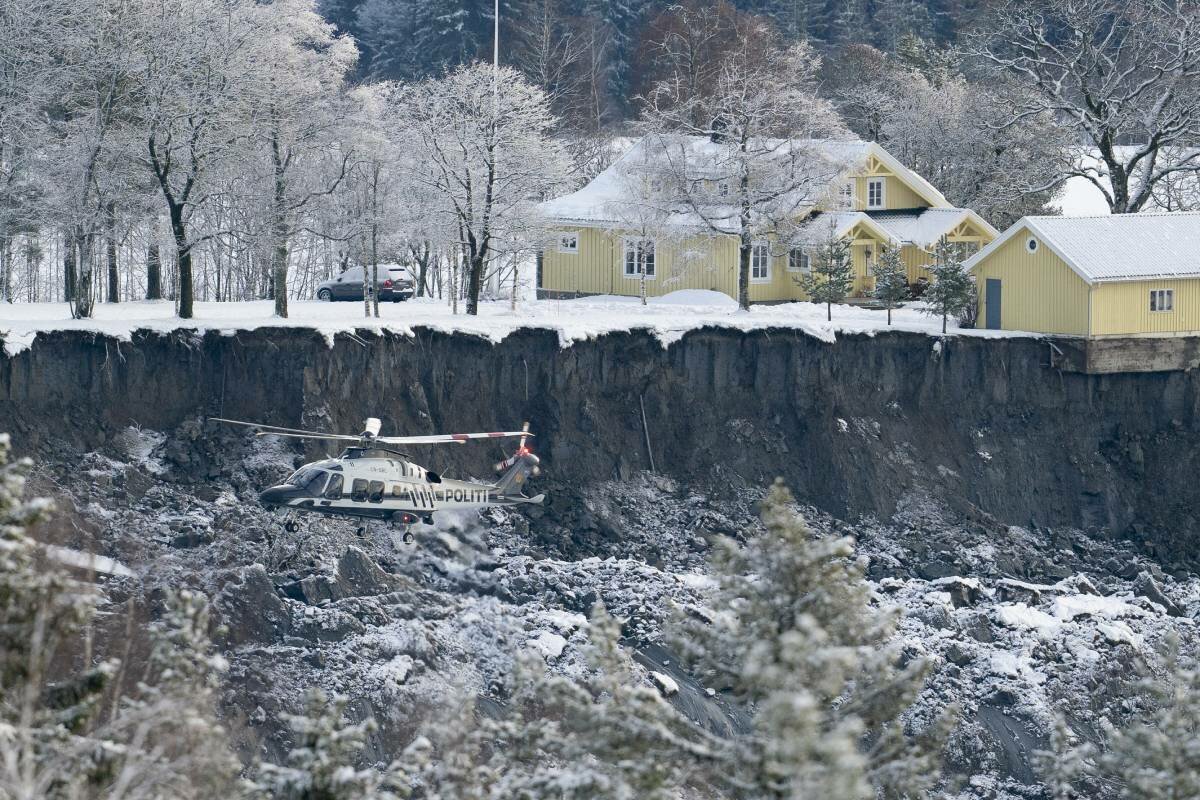
Quick clay can travel downslope at speeds of tens of kilometers per hour.
Quick clay landslides can also result from river erosion, ground shaking from earthquakes, or loading from manmade constructions.
Famous quick clay landslides in Norway
The majority of historical quick clay landslides in Norway happened in Viken, Trøndelag, Nordland, and Troms and Finnmark.
These areas are also likely to form quick clay in the future due to warming climates and increasing rainfall.
The deadly Verdal landslide
The deadliest quick clay landslide in Norway’s history occurred on May 19, 1893, in Verdal, Trøndelag county.
Heavy rainfall throughout the winter and spring floods on the Helgåa river turned the clay into a soup.
The landslide occurred in increments with the first temporarily damming the river up to a height of 10 meters.
When the dam broke, a second landslide slid into the valley with an estimated speed of 60 kilometers per hour.
Over 55 million cubic meters of quick clay flowed out into the valley within 30 minutes.
The landslide destroyed 105 farms, killed 116 people and 600 animals.
A crater a few kilometers in diameter across and up to 50 meters deep was all that was left.
The Rissa landslide
On April 29, 1978, 5 to 6 million cubic meters of quick clay flowed into Lake Botnen in Rissa, Trøndelag county.
Excavation workers had placed an earth fill along the shore of the lake which disturbed the underlying clay.
The ensuing quick clay landslide occurred in at least 5 separate slides over a total of 45 minutes.
Each new slide carved back into the land and expanded the slide area.
The largest slide displaced an area 150 by 200 meters at speeds of up to 40 kilometers per hour.
A tsunami 3 meters high formed in Lake Botnen as a result of the amount of clay that fell into the lake.
The tsunami damaged buildings along the opposite shore 5 kilometers away.
Foreseeing quick clay disasters
As our awareness of the danger of quick clay grows, geologists work at predicting and possibly preventing future disasters.
Geologists and hydrologists execute hazard mapping and perform strength tests of the clay in an attempt to foresee disaster.
After the Rissa landslide, workers carried out controlled blasting to liquefy any remaining clay and let it flow into the slide area.
Other methods involve leveling to remove sloped terrain and installation of salt wells to stabilize the clay particles.
Learning from the Gjerdrum landslide
There have been disastrous and deadly quick clay landslides recorded in Norway over the past 300 years.
The Gjerdrum landslide has shown us that they will continue to occur into our future.
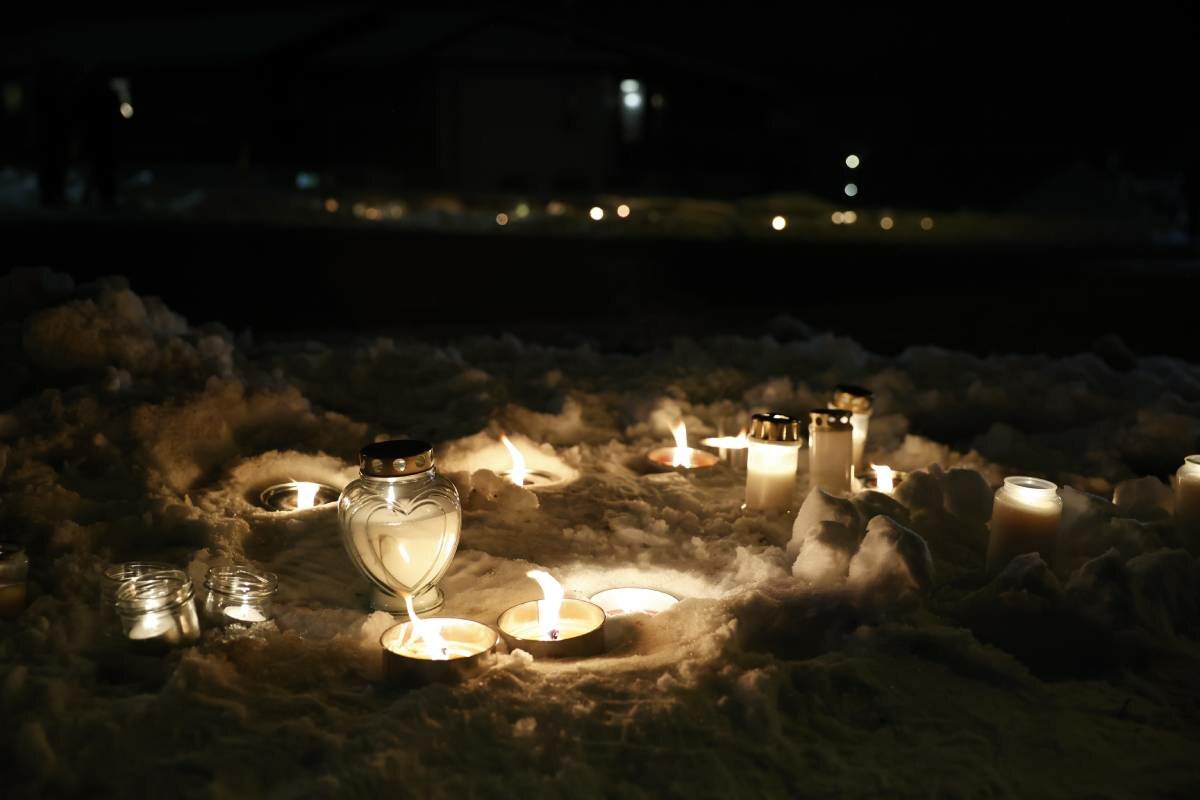
In 2008, a hydrologist classified Gjerdrum as a high-risk zone for the formation of quick clay but unfortunately, housing construction continued.
With the climate warming and the amount of rainfall in the winter season increasing, the danger of quick clay landslides is rising and many communities across Norway are at risk.
Source: Norway Today / #NorwayTodayNews

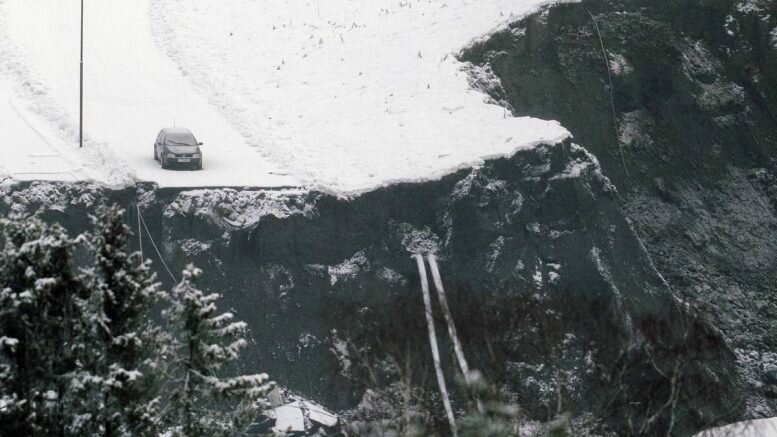
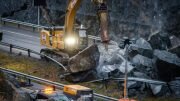

Why is building allowed in high-risk zones? What is the point of identifying them if they are not zoned for no building? Any building should be on a raft-like foundation so it will survive.